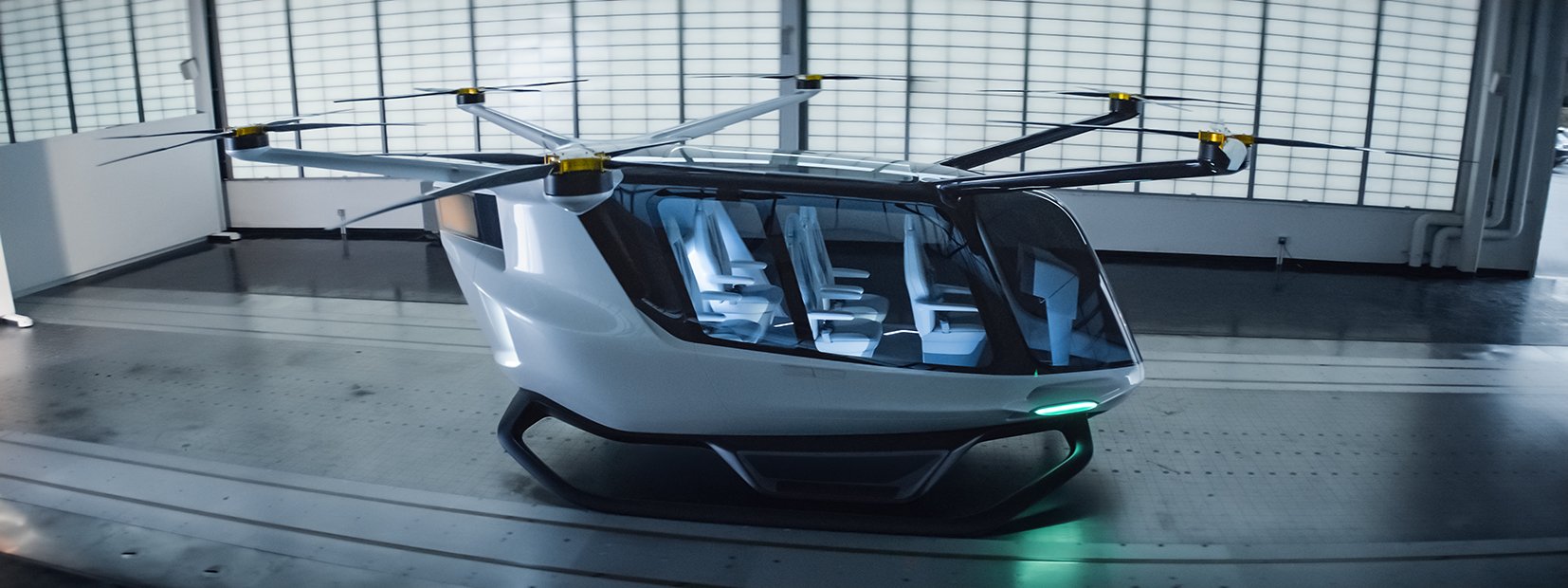The flying cars we’ve long been promised may not look like cars.
A transportation company is betting its sleek new hydrogen-powered electric flying vehicles will someday serve as taxis, cargo carriers and ambulances of the sky, but experts say they will have to clear a number of regulatory hurdles before being approved for takeoff years in the future.
With six rotors on the roof and seats inside for five people, a passenger model of the Skai (pronounced “sky”) unveiled Wednesday near Los Angeles resembles an oversized drone crossed with a luxury SUV.
Like a drone, the vehicle from Alaka’i Technologies takes off and lands vertically. It’s one of many similar electric flying crafts in production, including prototypes from Boeing and Airbus that made successful test flights this year, according to Vertical Flight Society, an industry group.
Most are powered by batteries, which can add a lot of weight. The Skai instead uses very light hydrogen fuel cells to run its rotors, giving it a range of 400 miles (644 kilometers) and the capacity to carry 1,000 pounds (454 kilograms) in people or freight, the company says.
“We just couldn’t get to the point where we could have enough batteries to get to the payload that we knew we needed,” CEO Stephan Hanvey said of the choice to switch to hydrogen power.
Alaka’i says it’s planning a test flight near its Massachusetts headquarters.
It would be flown by an on-board pilot using a pair of joysticks, but the technology exists to eventually fly it remotely and even autonomously, Hanvey said.
As the story notes, we’re probably a decade or so out from seeing these things in operation. That’s assuming all the engineering issues get worked out, and the regulatory matters get settled. I’m always fascinated by stuff like this, but a bit of skepticism is warranted. It needs to be viable, it needs to be practical, and it needs to be safe to use in populated areas. Good luck with all that.

